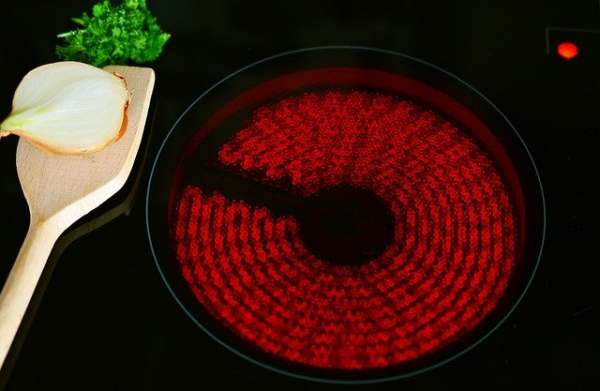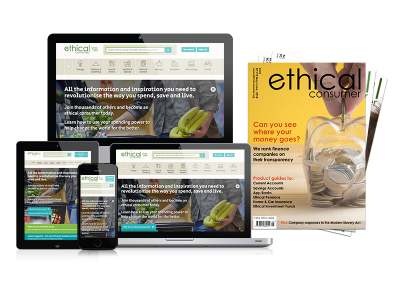This guide covers gas and electric cookers, including hobs, ovens and combined units. As household appliances go, cookers tend to have a long life, which makes choosing the right one important.
Alongside the activities of the companies behind the brands, the main considerations from an ethical consumer point of view are energy use and the resulting carbon emissions.
For the first time in this guide we recommend choosing electric rather than gas cookers for those living in the UK, a reflection of the country’s ongoing transition towards carbon-free electricity.



